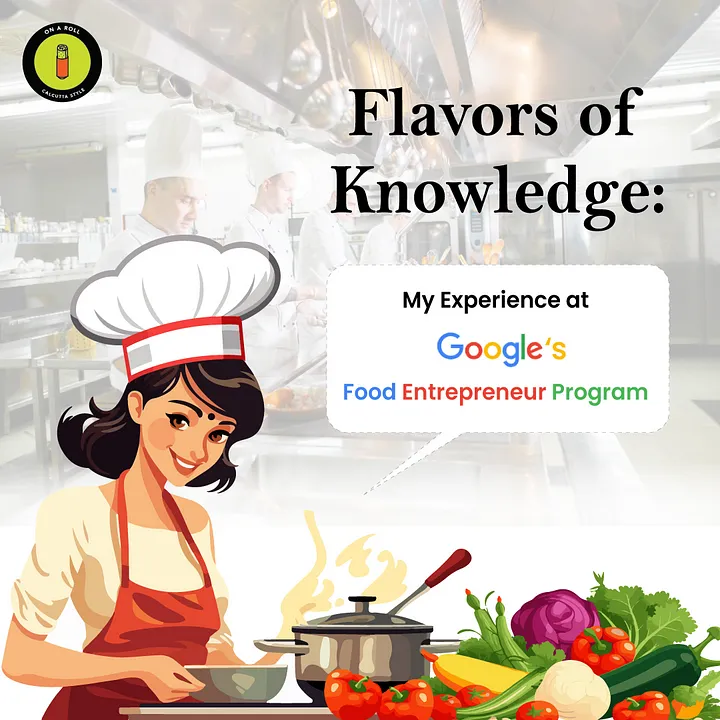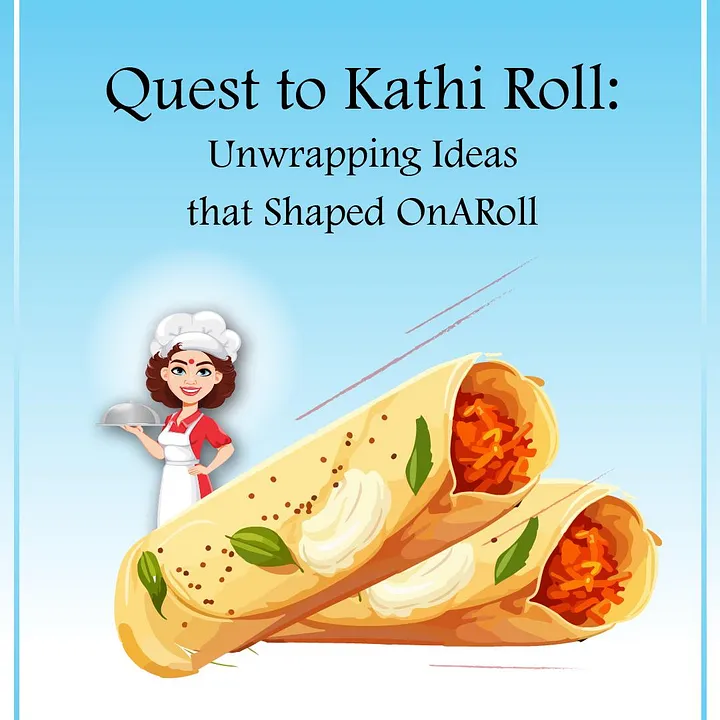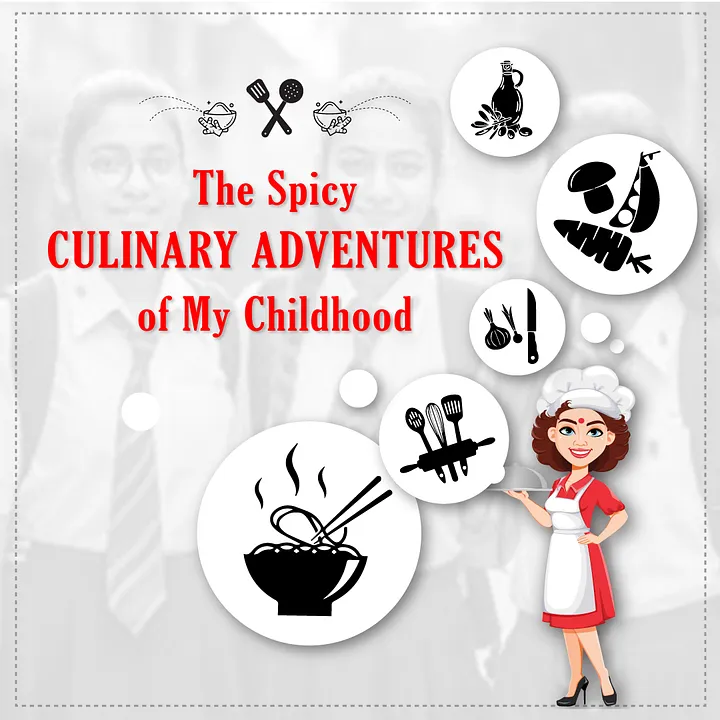I remember the feeling of anxiety while driving on the morning of a clear day in August of 2016. It was the first time I had driven to San Francisco, and I was terrified. In the past, I had told myself that the day I could drive on the Golden Gate Bridge all by myself, I would consider myself an accomplished driver. I had never driven here before, and to say I was nervous would be an understatement. But today was different. Today was my tasting day. Since it was my first time driving on a crowded highway, I would find cover behind trucks passing by so as not to get in the way of other vehicles. I was excited, a little bit scared, but determined to make my way through this hustle and bustle of regular traffic. I gripped the wheel tightly, heart racing as I navigated each turn, inching closer to my destination. My excitement grew with each passing mile — because this was a journey I was ready to take on.
The tasting day was an opportunity I found in an advertisement by WholeCart for a program offered in association with Google. The program, also known as the Instrucktional, was the complete package of learnings I needed to start my business — developing a business plan, securing funding, creating recipes, mastering marketing and branding and a lot more. If all went well with the tasting, I would become one of the food entrepreneurs selected to join this program.
When I was driving on the bridge, I kept replaying the ad I had seen a couple of weeks ago over and over in my head. I had stumbled upon it almost by accident — a food incubation program for entrepreneurs that would help me launch my dream: a food truck serving authentic Indian Kathi Rolls. It felt like the universe had dropped the opportunity into my lap, just when I needed it the most.
But it wasn’t all smooth sailing. After reaching out to the program’s coordinator, there had been weeks of silence. My hopes had dimmed. And then, out of nowhere after 2 months, I received the call: They wanted me to do a tasting.
When I think about the tasting day, I remember leaving home at 5 a.m., way earlier than necessary, but I couldn’t risk being late. The thought of commercial kitchens filled with professional chefs and the pressure of presenting my food was daunting. Could I really pull this off? What if they didn’t like my food?
When I finally arrived at the kitchen — an industrial-size behemoth — I was hit by a wave of sound. There were huge slabs of meat being chopped, utensils clanging, and chefs barking out instructions. The scale of the kitchen was intimidating. There were cuisines from multiple regions — Mexico, Italy, and more. And here I was, to give them a deep dive into the Indian flavors. While the commotion and stress were at an all-time high, I realized this was also a test. It wasn’t just about the food. They wanted to see if I could handle the stress, the chaos, and the overwhelming nature of working in a high-pressure environment.
I set up my Mise En Place, chopping vegetables and marinating the chicken, feeling out of place amidst the towering shelves and massive pots. The frozen parathas were my only shortcut — everything else had to be done right there, from scratch. My table was neatly arranged with the ingredients I brought — cabbage, chutneys, frozen parathas, and the condiments. I needed everything to be perfect — down to the tiniest detail. The Kathi Rolls were my signature, the food I had grown up loving on the streets of Kolkata. I made egg rolls, chicken rolls, and shrimp rolls, each with its own distinct flavor. But would the chefs understand that? Would they appreciate the complexity of Indian cuisine?
Before I knew it, the hour and a half was up. The panel of chefs arrived; their expressions unreadable as they tasted my rolls one by one.
As the chefs finished their plates, they gave me approving nods, and a wave of relief washed over me. It wasn’t just about the rolls. It was about the dream that had been slowly taking shape in my head for years — the dream of running my own food truck, of sharing my love for Indian street food with the world. This was the first real step toward making that dream a reality, and it was going well. The chefs liked the chutneys, even asking how I made them. The entire process, from setting it up to cleaning up and getting ready to go home, had taken almost five hours, but I didn’t feel exhausted. I felt… accomplished.
I don’t even remember how I made it back. My mind was foggy, filled with snippets of feedback from the chefs, the sharp clatter of kitchen utensils, and the sight of them tasting my food. They had liked it — really liked it. They even commented on the balance of flavors, something I had been nervous about. Indian food is different from American food in that way — it’s all about layers and depth, not just simplicity or the clash of acidic and sweet flavors. I explained to them that in India, the spices don’t compete; they complement each other, merging into a single, harmonious taste. It seemed like they understood, or at least they appreciated it.
Back home, everyone mirrored my excitement. We went out to celebrate, maybe with a Kathi Roll, I don’t remember.There was something poetic about it — the simplicity of street food, the sense that everything I had been working toward was finally coming together. It felt like the city itself was cheering me on, as if each busy street and every lively sound was part of my journey. With each bite I took that night, I felt a thrill, knowing I was moving closer to making my dream a reality.
It wasn’t just about making food. It was about bringing a piece of India to the streets of California. The fact that I had driven across the Golden Gate Bridge and presented my food to some of the most experienced chefs in the industry wasn’t just a win — it was a sign. A sign that this dream of mine wasn’t just a fantasy. It was real. It was happening. And I was ready for it.
The tasting happened in August, and I would not get the offer for the program until after the final interview. But more on that later.



